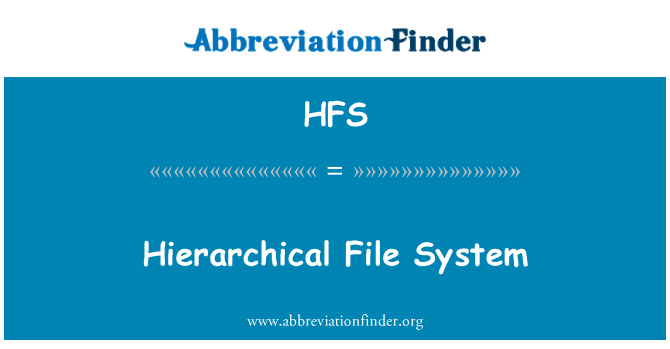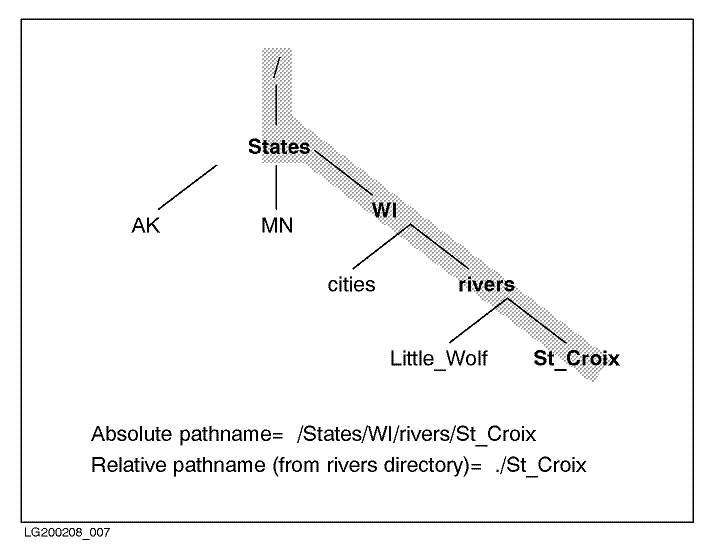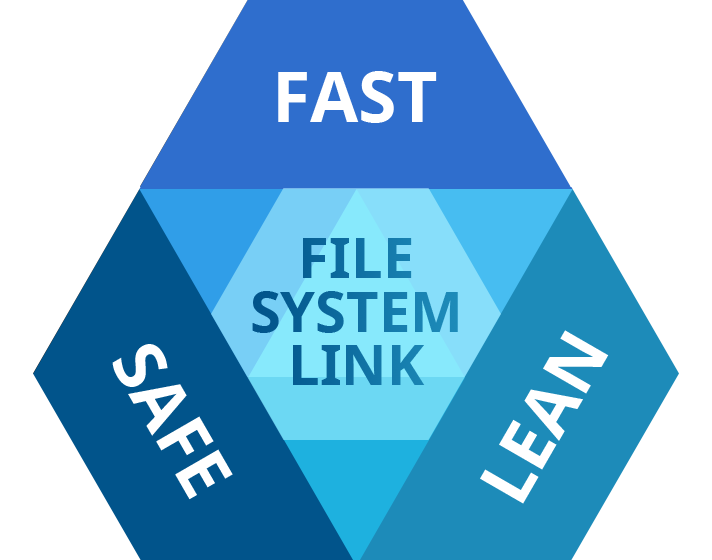

- #What does the hfs file system look like how to
- #What does the hfs file system look like mac os x
- #What does the hfs file system look like driver
- #What does the hfs file system look like windows
#What does the hfs file system look like driver
And you may want to start reading up on ZFS, Sun's revolutionary new file system that is supposed to come to the Mac with Leopard.- Linux (may require additional driver installation) See the Filesystems HOWTO for much more information on many of these.
#What does the hfs file system look like windows
NTFS: the Windows NT file system (read-only).
#What does the hfs file system look like mac os x
In addition to the file systems listed above that you can use to format your drives with, Mac OS X has various levels of support for the following file systems:

And don't format or partition an iPod using Disk Utility, because the iPod gets confused, even though it will function as an external drive. After this, newer files started overwriting older ones, but I didn't find out until a month later. I've lost a lot of data because the FAT file system on a FireWire drive got corrupt after I accidentally turned off the drive while it was in use. Use HFS+ with journaling if possible, especially on external drives. Don't use it unless you know you need to. UNIX File System (UFS) is exactly what the name suggests.Note that you can't have files of 4GB or bigger on a FAT volume. MS-DOS File System is the older FAT filesystem used with MS-DOS and Windows.Mac OS Extended (Case Sensitive, Journaled) is HFS+ with a combination of case sensitivity and journaling.Mac OS Extended (Journaled) is also HFS+, but it has an extra mechanism that avoids corruption of the file system when something bad happens, such as loss of power during a write operation.So the file text.txt is different from the file Text.txt and both can exist side by side. Mac OS Extended (Case Sensitive) is the same file system, but in this case, it treats file names that are the same but have different case as different.Mac OS Extended or HFS+ is an improved version of Apple's Hierarchical File System from the mid-1980s.

Depending on the partition scheme, these are the file systems Mac OS 10.4 supports: This supports all the Mac-specific functions such as aliases and resource/data forks. In most cases, you'll want to use Mac OS Extended (Journaled) as the "volume format" (file system). You can put partitions with any of the supported file systems on a GUID disk, but only Macs running Mac OS 10.4 can access these disks.

It looks like you can also use the Mac OS Extended (HFS+) file system on disks with a master boot record, but it's unlikely that older Mac OS versions support this.
#What does the hfs file system look like how to
When you put a new hard drive in your Mac-or connect an external one using FireWire or USB-you need to decide how to partition the drive and what file system to put on it.


 0 kommentar(er)
0 kommentar(er)
